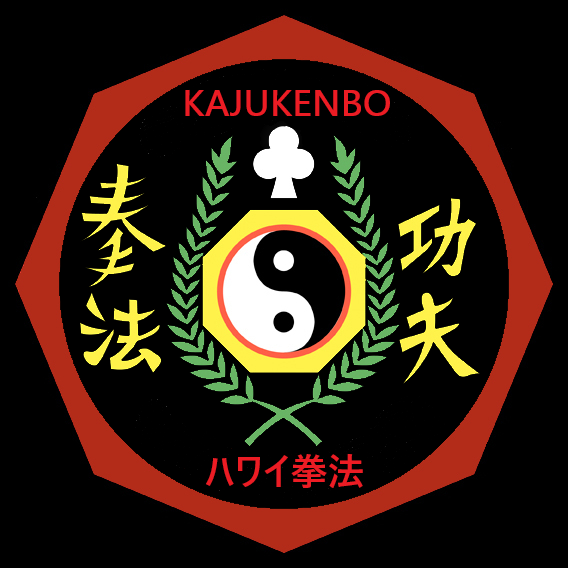Merry Christmas and Happy New Year!
To celebrate the holidays, Kajukenbo Okayama had our second annual bonenkai this past weekend.
For those of you outside of Japan, a bonenkai (忘年会) is a “year-end-party” that companies, clubs, and friends celebrate together.
(For you heavy drinkers, the kanji for "bonenkai" mean “forget” (忘), “year” (年), and "gathering" (会). I’m no etymologist, but take from that what you will.)
Twenty-two people attended the party at Ali Baba’s Turkish Restaurant. A special thanks to Ali for having us, and another thanks to Hiroshi Morita, Kajukenbo yellow belt, for allowing us to have the afterparty at his bar, Pinball’s.
At the party, Anthony Pallatto and his daughter Luna were given their white belts. While most martial art schools give a white belt to students as soon as they sign up and buy a uniform, Kajukenbo Okayama gives white belts to students after they’ve attended multiple classes and shown they have a serious interest in the art.
Tatsuki and Satoshi Fulvio were given yellow stripes on their white belts. Kids have a lot further to go than adults in their training – there are no kid black belts in Kajukenbo. Along with the techniques and philosophies of the art, kids have to grow, get strong, learn about life and society, and just learn to be good people.
It takes a long time, and to show them their progress over the years, we sometimes use stripes to remind them that they’ve come a long way.
Satoshi was given his first stripe, and Tatsuki was given his second.
Congratulations are also in order for Xian Wen, who was awarded his yellow belt, and Sara Shirer, who was awarded her orange belt. Both have trained hard, taken their licks, and dished out their own. I look forward to seeing them grow more in the future.
Ah yes, belts.
Belts aren’t everything. They’re intended to hold up your pants, and these belts don’t even do that. So why train with belts?
Because these students are learning something more than fighting.
In training Kajukenbo, they’re joining a tradition that started in 1947 and has roots going back to the beginning of time.
These belts are earned. They’re a symbol of the hard work these fighters have put in, and the darker (and dirtier) the belt, the easier it is for them to look down, see this token of their skill and remember the challenges they’ve faced.
Belts aren’t to show the world your rank. They’re not a reward in that sense.
Don't fall into that trap.
They’re to remind you of who you are, how much work you’ve put in, and how much further you can grow. They’re humble reminders that there’s always a bigger fish, and sentimental reminders that you have a family present around the world.
When you can survive a black belt test, you can survive anything. You can survive a self-defense situation. You can survive the darkest nights of depression.
You earned something, but you earned it for yourself...not those around you.
So fight for the next level. Don’t give up. Remember where you came from. Remember that you are not alone.
Photo credit: Hiroshi Morita
This is what being a martial artist is about.
This is what Kajukenbo is about.
Don’t make the black belt your goal. Train to make yourself better. When the time is right, you’ll receive your belt - not as a reward, but as a token, a totem, a “souvenir” for all the blood, sweat and tears shed on your road to success.
Congratulations to my students who received their promotions, but congratulations to everyone who was promoted this year in the world of Kajukenbo as well. Merry Christmas, and Happy New Year!
(For some good Turkish food in Okayama City, check out Ali Baba's: 〒700-0904 Okayama-ken, Okayama-shi, Kita-ku, Yanagimachi, 1 Chome−1−6.
For some good drinks and a good time with music and friends, check out Pinball's: 〒700-0901 Okayama-ken, Okayama-shi, Kita-ku, Honmachi, 4−18, コア本町 2F.)










